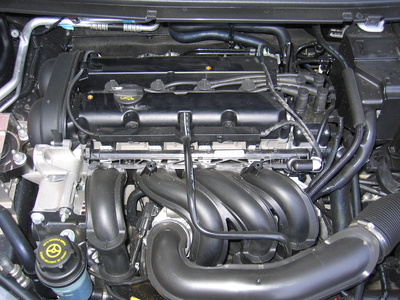
Motor oil lubricates and cleans the engine of your car, and regularly checking the oil level will ensure that your engine runs well. You will get more miles out of an engine that is well-oiled and avoid the expensive repairs and cleaning that can result from driving with insufficient or dirty motor oil. Checking your oil should be done as often as possible. All engines have a dipstick, a metal rod that extends into the oil reservoir. With a moment's preparation, reading the oil level from the dipstick is simple.
Check your car's owners' manual to see whether the oil should be checked while the engine is hot or cold. If you can check the oil while cold, do so before starting the car. If it needs to be warm, check the oil after driving the car.
Ensure your car is parked on level ground. This will allow an accurate reading of the level of oil in the engine.
Open the hood of your car and find the dipstick. It will be a circular cap with a handle allowing it to be grasped and pulled out. It is usually marked with a small graphic depicting an oil can.
Pull the dipstick out of the engine and use a rag to wipe it clean.
Insert the dipstick back into the tube you pulled it out from. Ensure that you push it all the way down.
Pull the dipstick back out and read the oil level on both sides of the dipstick. Dipsticks are marked with the optimal level. This can be indicated with a pair of pinholes, lines marked MAX (for maximum) and MIN (for minimum), the letters H (for high) and L (for low) or a crosshatched area on the dipstick. If the oil is within the crosshatching, between H and L, between MIN and MAX, or between the pinholes, then your oil level is acceptable. If oil does not reach the L, MIN, crosshatching, or lower pinhole, you will need to add oil.
Wipe the dipstick and replace it into the engine.